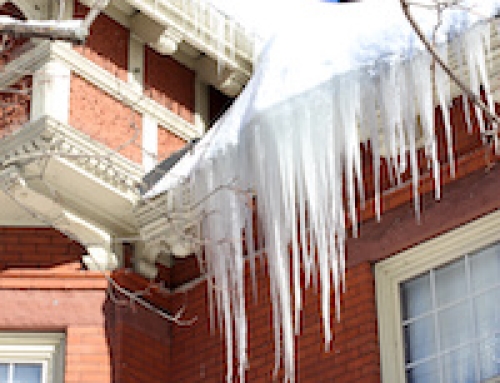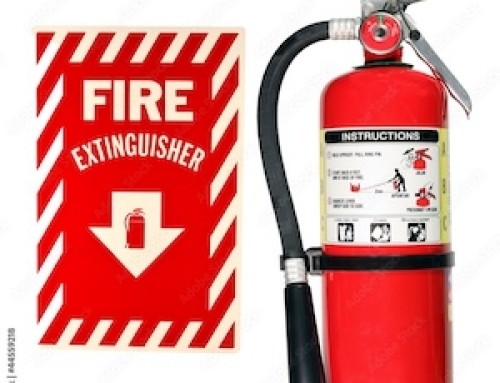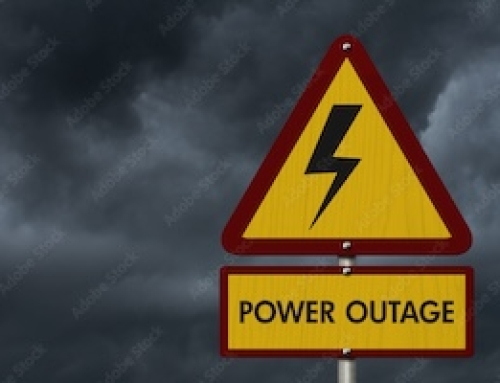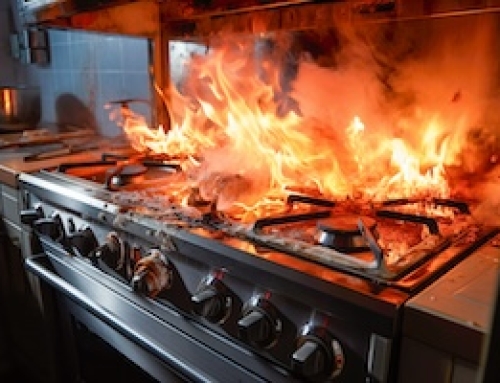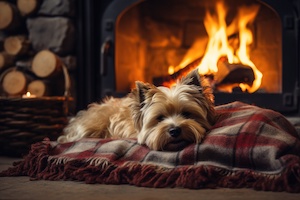 October means that colder temperatures are on the horizon. As the temperatures drop, you will be looking for ways to keep warm inside your home. Whether you use space heaters, wood-burning stoves, or fireplaces, it is essential to realize the potential hazards of home fires that result from these heating sources. Knowing how to safely heat your home during the upcoming colder months can minimize the likelihood of a home fire.
October means that colder temperatures are on the horizon. As the temperatures drop, you will be looking for ways to keep warm inside your home. Whether you use space heaters, wood-burning stoves, or fireplaces, it is essential to realize the potential hazards of home fires that result from these heating sources. Knowing how to safely heat your home during the upcoming colder months can minimize the likelihood of a home fire.
According to the NFPA (National Fire Protection Association), fires resulting from space heaters, wood-burning stoves, and fireplaces account for 14% of all house fires. This statistic isn’t meant to frighten you; but instead enlighten you to protect your family and your home from fire and smoke damage.
Space Heater Safety Tips
Space heaters have grown in popularity because not only are they affordable but can warm you up regardless of where you are in the house. The convenience of portability is a plus; however, be advised that using space heaters causes more home fires than any other heating sources. In fact, they are associated with over 25,000 house fires per year in the U.S. With this information, there are critical safety tips to follow when using space heaters.
- Never leave the heater unattended
- Keep the heater in a safe, flat area
- Never use a heater with damaged or cracked cords or plugs
Safety Tips for Wood-Burning Stoves
Wood-burning stoves are great for heating a cool space while lending an old-fashioned charm to your house, but they don’t come free of fire risks. Below are some guidelines to follow to safely enjoy your stove and the heat it provides.
- Routinely have the chimney inspected and cleaned by a certified expert.
- Allow the recommended space between the stove and the walls, floors, and ceiling. The NFPA recommends the clearance between the stove and any combustible surfaces be at least 36 inches.
- Inspect your stove placement. It should be on a durable, fire-resistant flooring. The protective floor covering should spread 18 inches from all directions of the stove.
- Install a fire detector and carbon monoxide detector in the same room as the stove.
- Have a fire extinguisher near.
- Select the right type of wood. Only dry and hard wood that has been seasoned for six months or more should be used in your wood-burning stove.
- Utilize wood stick and paper to ignite the fire. Never use gasoline or other combustible liquids to start a fire.
Fireplace Safety Tips to Keep You Warm and Safe
A fire’s warm glow is comforting and warming; however, it can turn hazardous or even deadly if you aren’t aware of some safety tips. Below are some guidelines to follow when lighting a fire:
Create a safety zone around the fireplace- Stay 3 feet away from the fire when in use. Remind children to respect the boundaries of the safety zone and refrain from playing near the fireplace.
Have your chimney routinely inspected- Have a licensed chimney inspector come to your home to look for any issues to ensure your chimney has the proper flow.
Utilize a fireproof mat- Place it right outside of the fireplace so that in case sparks fly out, it won’t catch on fire.
Dispose of ashes- After having a fire, let the residual ashes cool off completely before you clean up or dispose of them. It is recommended you use a closed metal container that is kept outside.
Crack open the glass door when the fireplace is being used- It should be barely opened to prevent sparks from flying out while allowing some air to draw up into the chimney.
Safely Heat Your Home This Winter
Any of the above listed heating sources can keep your warm during these upcoming winter months; however, it’s worth keeping all these safety guidelines on the forefront so that you can keep your family and your home safe. If you have any questions or concerns about heating your home this winter, contact our offices at Burkett & Associates and we will assist you. We are here for all your Alabama homeowners insurance needs. Don’t wait! Call us today at 256-704-7400.


